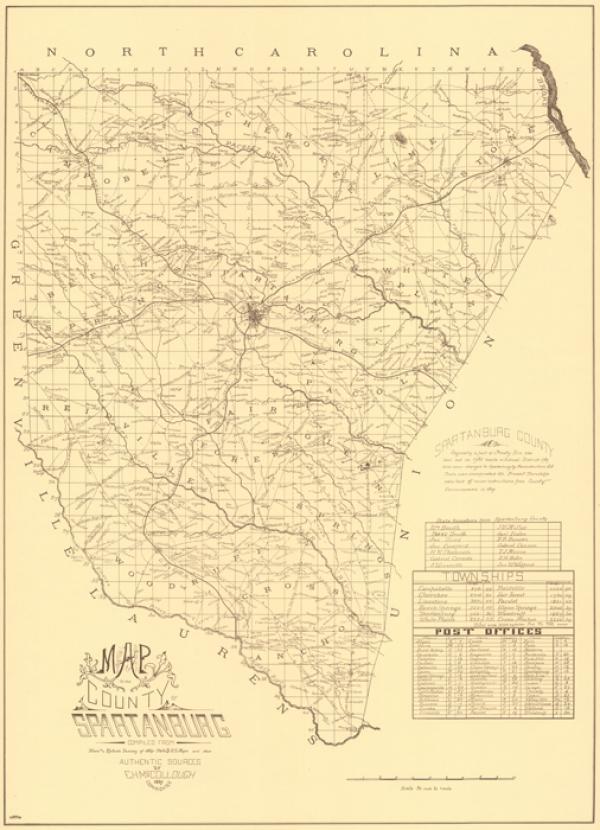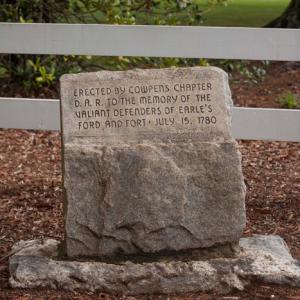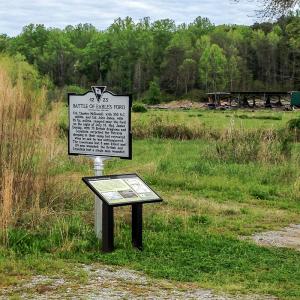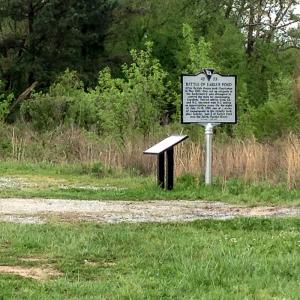Col. Charles McDowell
Col. Charles McDowell was in command of the Patriot camp attacked at Earle's Ford on July 14, 1780. Though often overlooked, Col. McDowell played a very important role in the American Revolution during the summer and fall of 1780. His efforts to organize and lead men in the South Carolina backcountry during this time went a long way in securing America's independence from Great Britain.
Charles McDowell's family migrated from Virginia to settle in the mountains of western North Carolina and McDowell commanded a regiment of militia from that region during the Revolution. After the capture of Charleston by the British in May 1780, Col. McDowell mustered his regiment to oppose the British in South Carolina. This brought him and his men to the banks of the North Pacolet River where he was attacked by a Loyalist force under Capt. James Dunlap at Earle's Ford. Though McDowell's men were able to rally and beat off Capt. Dunlap, some blamed McDowell for not posting guards near the ford which allowed Capt. Dunlap to surprise the camp. Despite any shortcomings McDowell may have had as a field commander, he soon found himself organizing men from the disparate militia units finding their way into the South Carolina backcountry.
After Earle's Ford, McDowell moved his camp to Cherokee Ford on the Broad River in modern-day Cherokee County. He gathered intelligence of the movements of British Maj. Patrick Ferguson who was organizing Loyalist militia in South Carolina. Fearing that he would soon expand his efforts to North Carolina if unchecked, Col. McDowell reached out to friends back home – Col. Isaac Shelby and Col. John Sevier – to raise men and join him in South Carolina. This they and other men did over time, including Col. Elijah Clarke and Col. James Williams. From his camp at Cherokee Ford, Col. McDowell organized these various units, sending them out to attack weak positions and gather intelligence on British and Loyalist activities in the area. Many battles in the region during this time were a result of this, including Peach Trees, Wofford's Iron Works, Fort Thicketty, and Musgrove's Mill. These and other actions from McDowell's camp had a lasting impact on checking British advances in the region.
Col. McDowell's success was remarkable since his rank did not entitle him to command any unit other than his own. It is a testament to his leadership and force of will that other leaders joined him and, in some cases, deferred to him.
McDowell broke camp at Cherokee Ford and returned home after the British victory at Camden in August 1780. He and many of his friends returned to South Carolina, however, to attack Maj. Ferguson at Kings Mountain in October. The results of that battle were felt throughout the British Empire.




